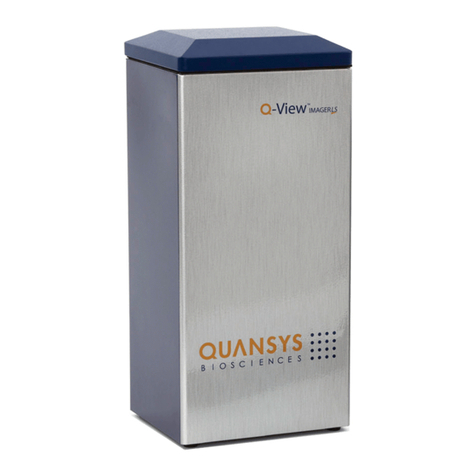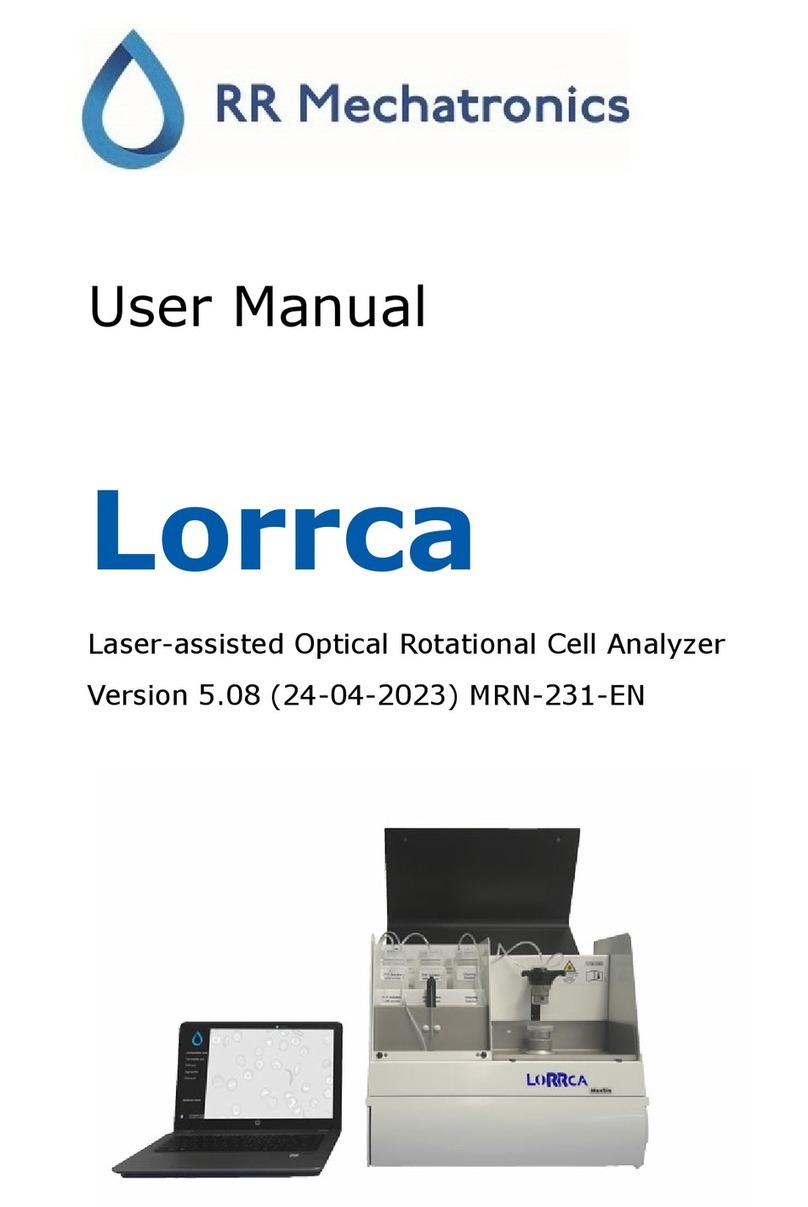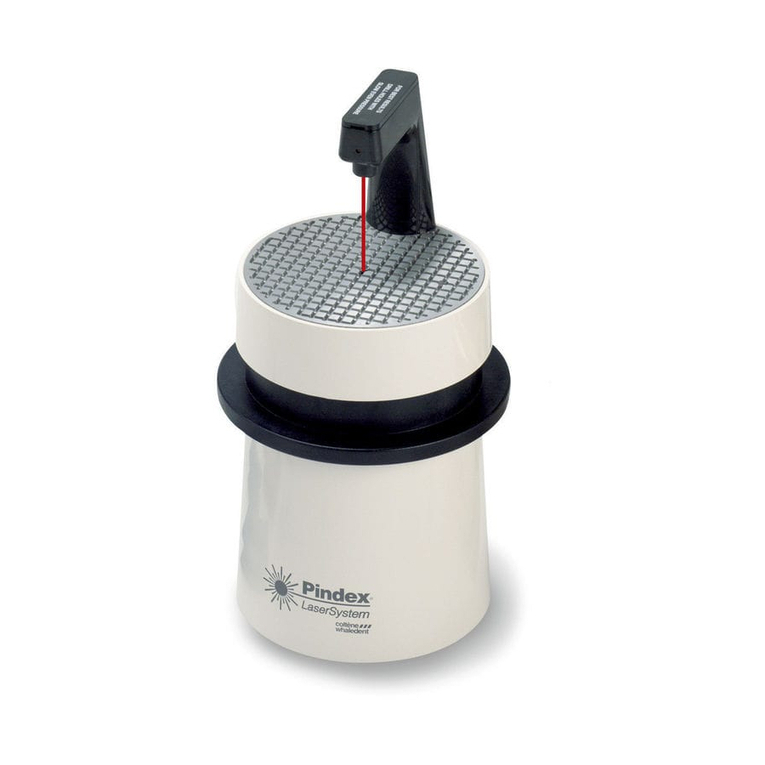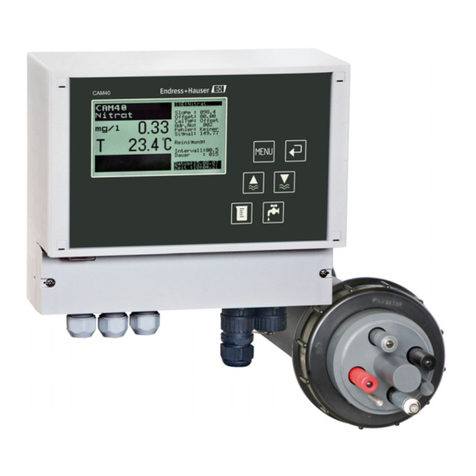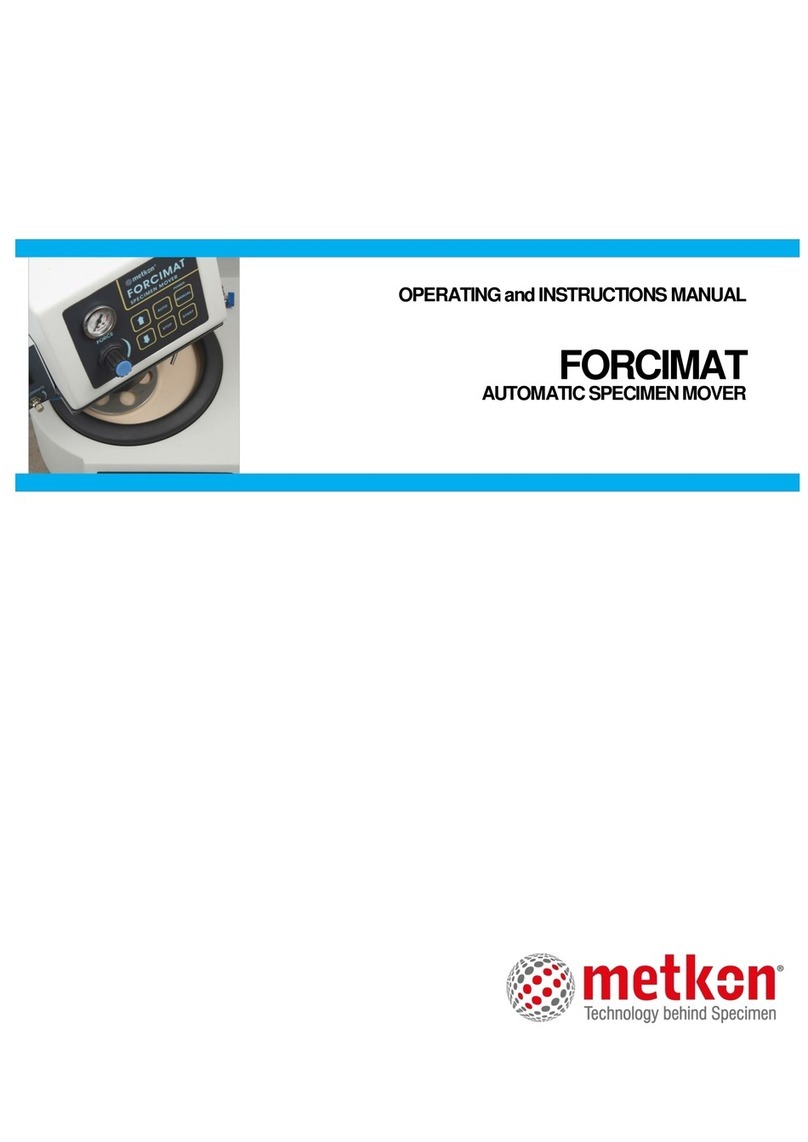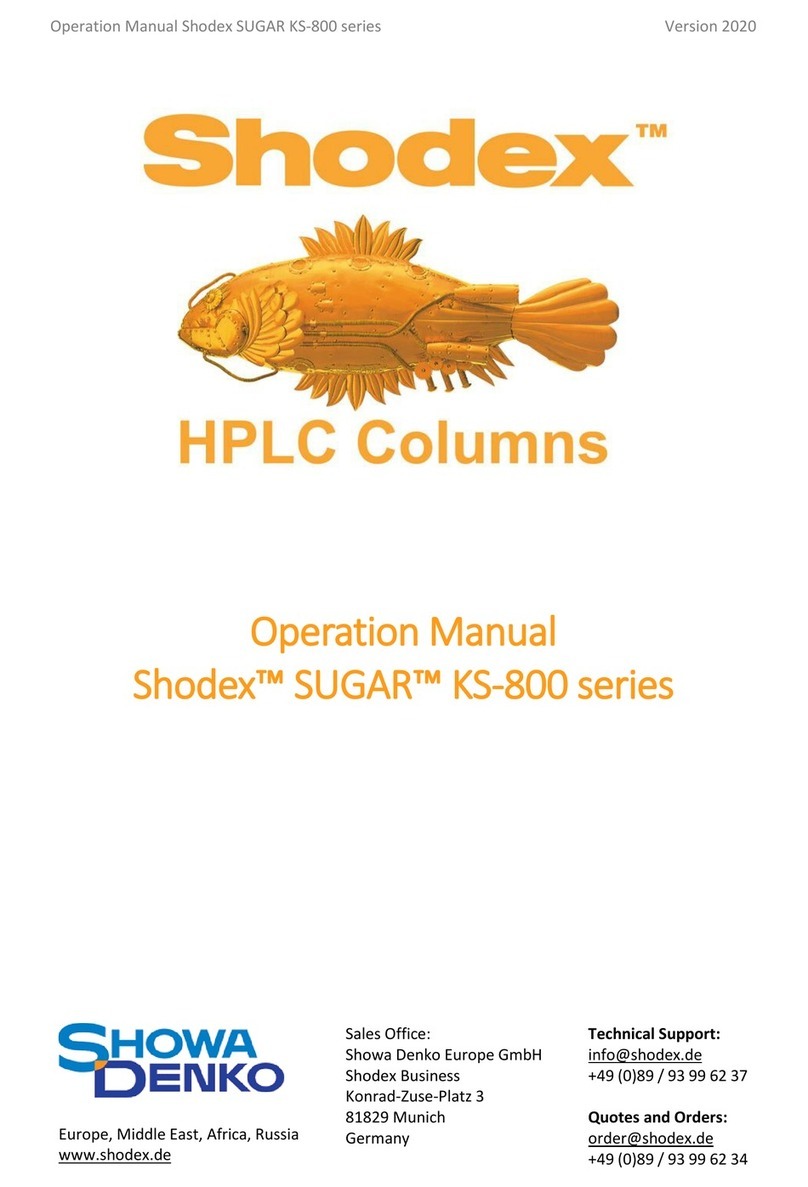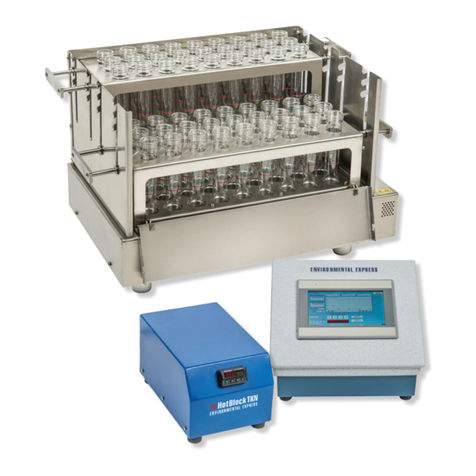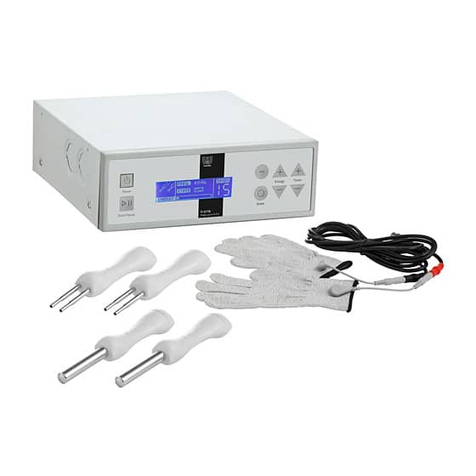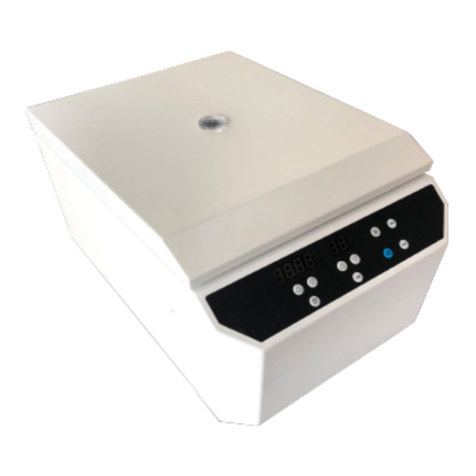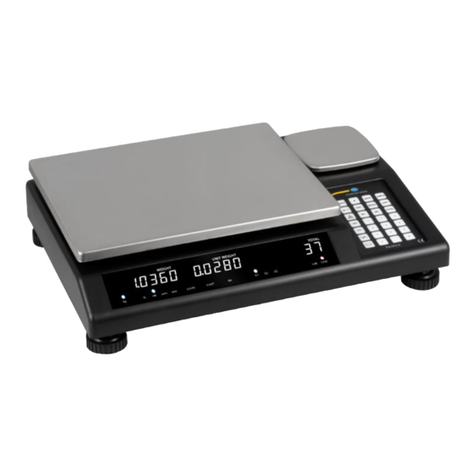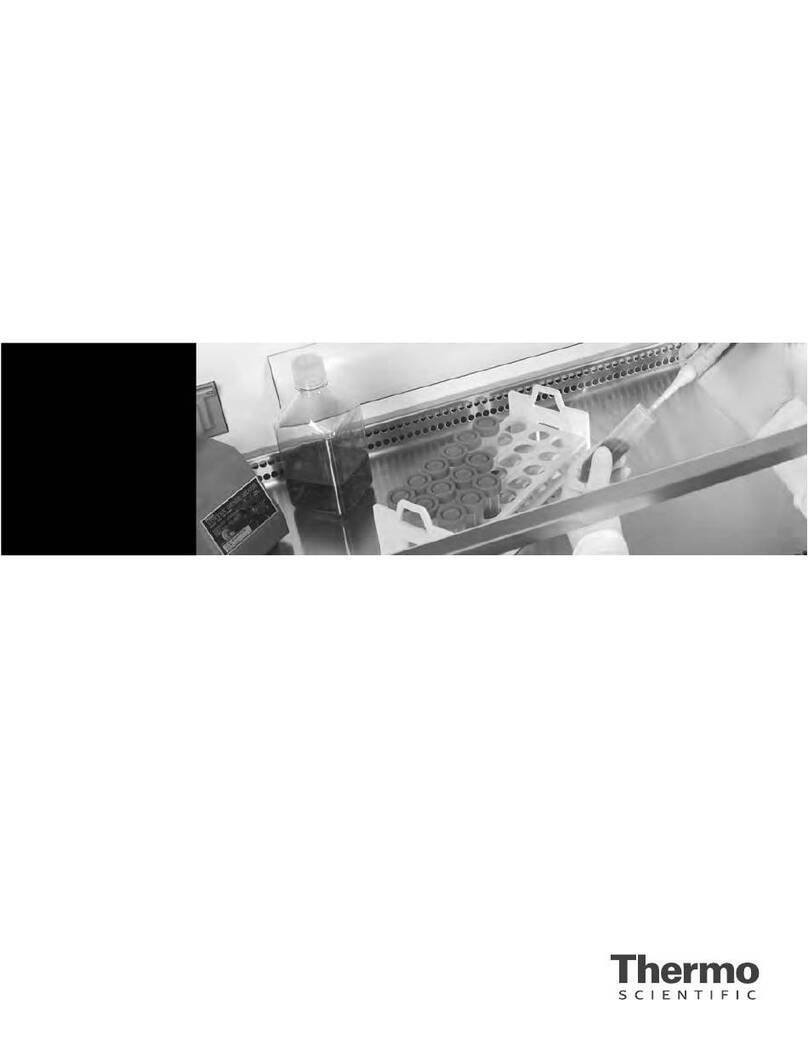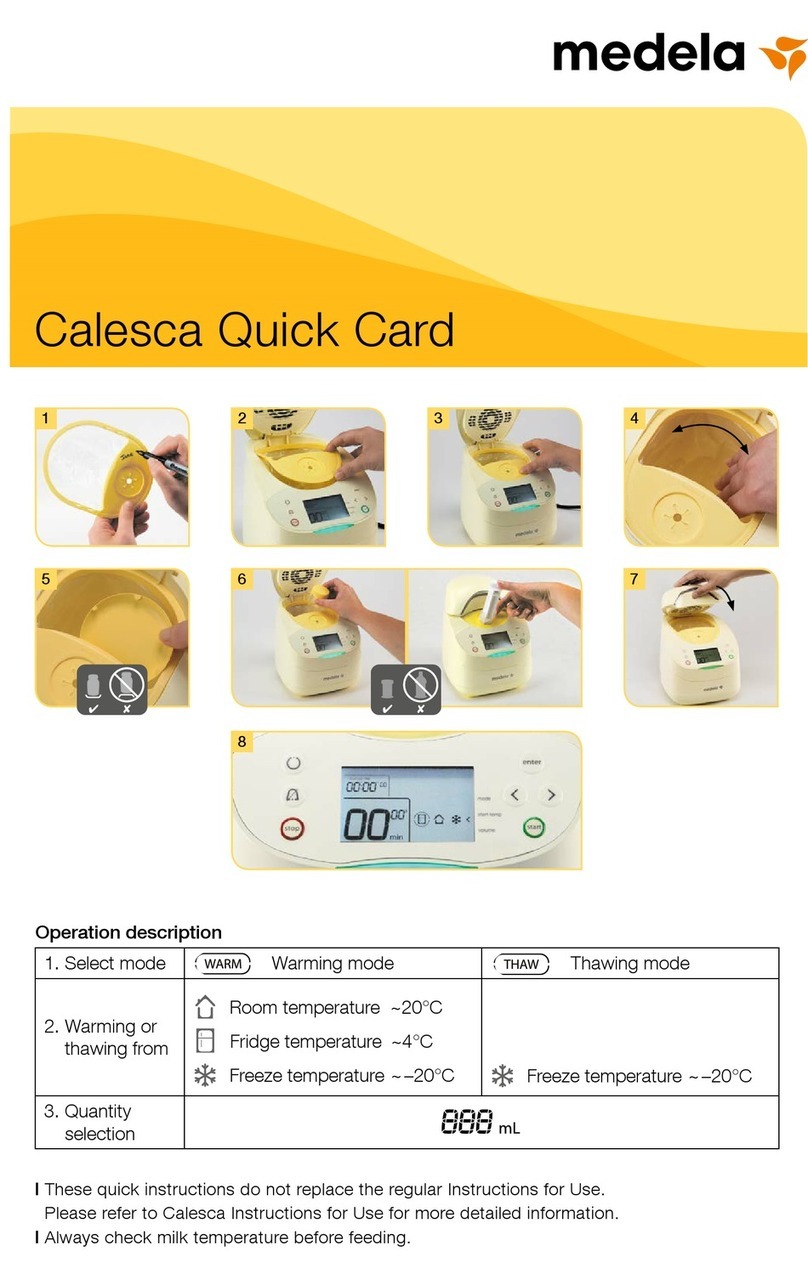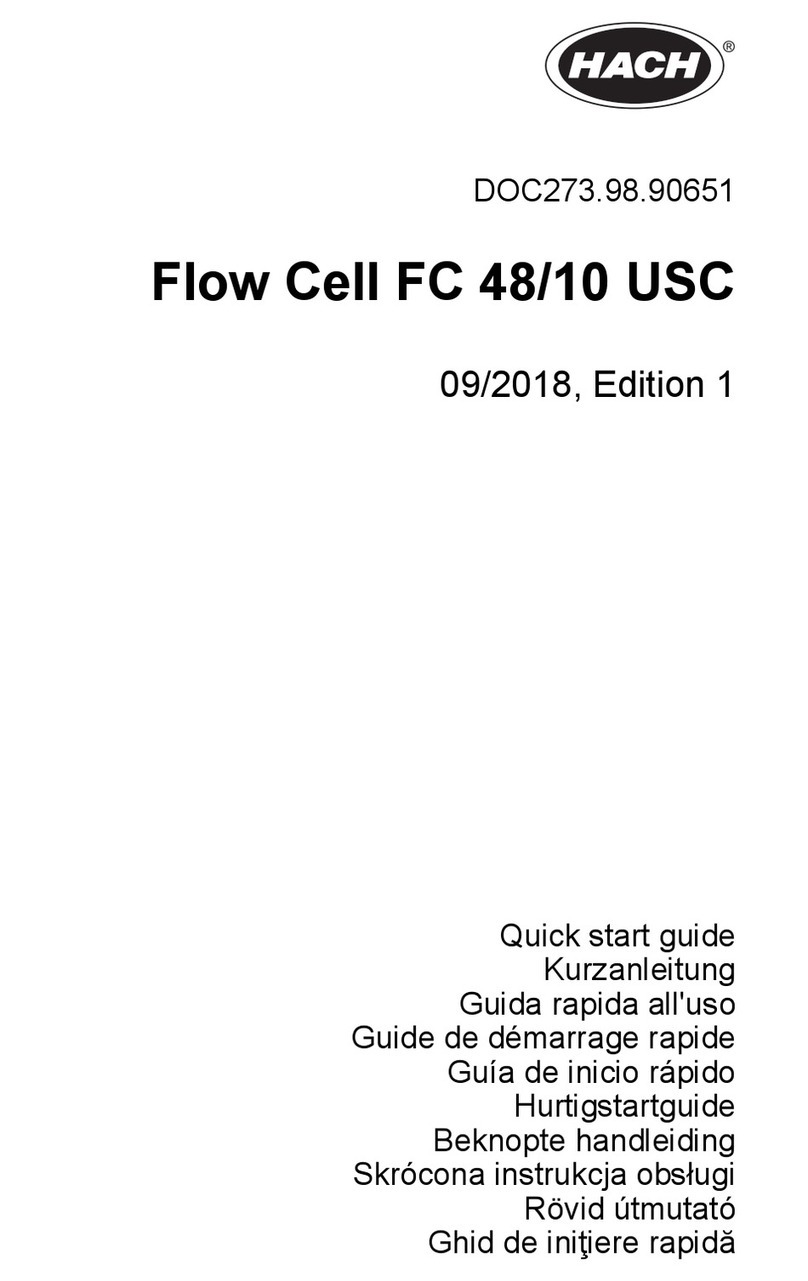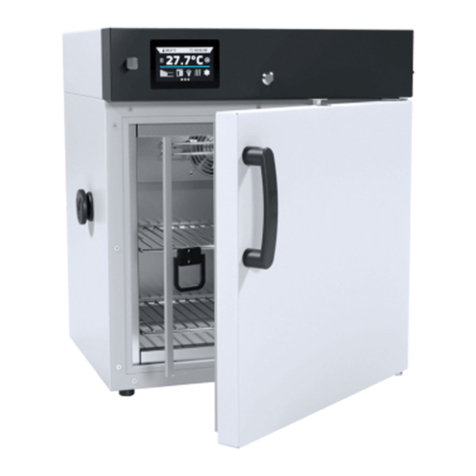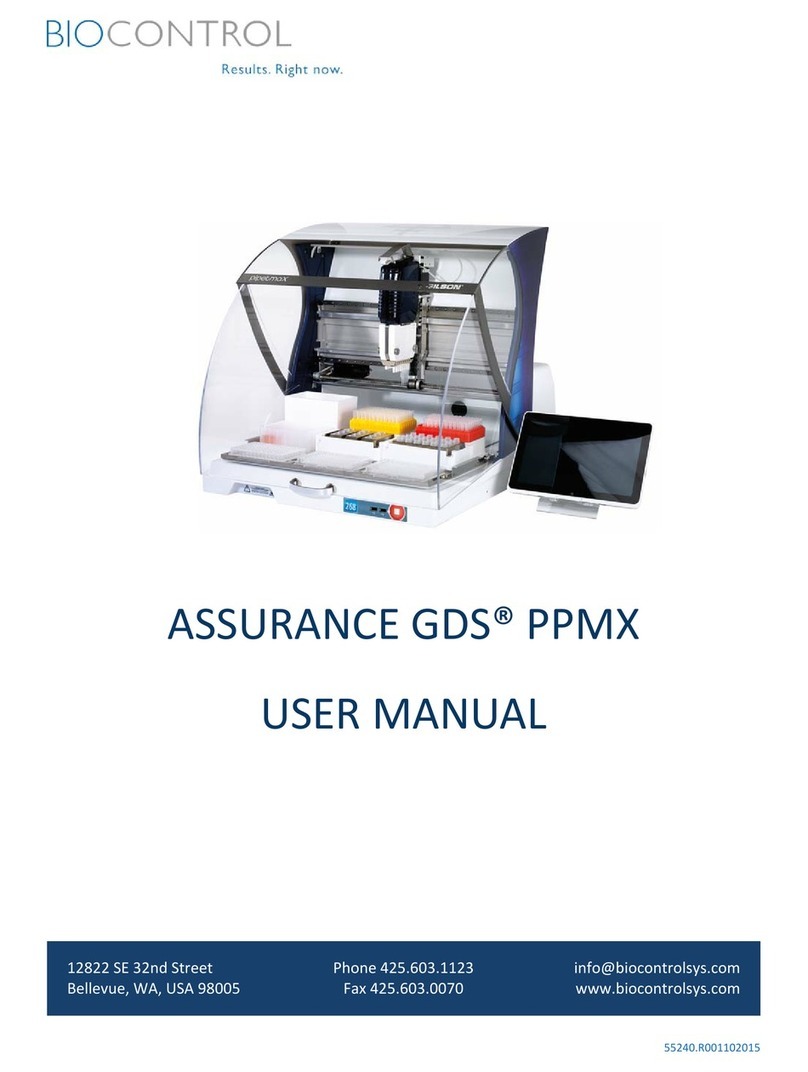
Store
When[SHIFT][RECLL]isfirstpressed,theDISPLAYindi-
cates that the number of the next memory location avail-
able. For example, the DISPLAY will indicate the follow-
ing: “n=09”. Pressing[RECLL]againwillstore the entire
instrument set-up into that memory location. If another
memorylocationisdesired,enterthatlocationonthekey-
board and then press [SHIFT][RECLL].
When [SHIFT][RECLL] is preceded by a number (0-98),
the filter will store the entire instrument set-up into the
memory location selected. The maximum number of
memory groups is 99.
When [SHIFT][RECLL] is pressed to indicate the next
memory location only, pressing the clear entry key [CE]
will restore the DISPLAY to the cutoff frequency setting.
AC/DC
Coupling
Pressing the [SHIFT] key followed by the [TYPE] key will
displaytheinputcoupling,indicating“AC”or“dC”,andwill
alternatebetweenthetwowheninthelow-pass, band-re-
ject, amplifier and bypass modes. High-pass and
band-pass modes (channels 1.1 and 1.2 only) will indi-
cate “AC” only.
GPIB
Address
When the [SHIFT] key followed by the [MEGA] key are
pressed, the DISPLAY will indicate the existing GPIB ad-
dress setting. To select a different address setting, enter
the address number in the data keys from [0] to [30] and
pressthe[SHIFT]and[MEGA]keys(seeSection3.2.1for
GPIB addressing information).
GPIB Line
Termination
When the [SHIFT] key followed by the [ALL CH] key are
pressed,theDISPLAYwillindicatetheexistingGPIBLine
Termination Code sequence. To select a different one,
enteranumberfrom[0]to [4]andpress[SHIFT][ALLCH]
keys(seeSection3.2.1forlineterminationinformation).
Software
Version
When the [SHIFT] key followed by the [KILO] key are
pressed, the DISPLAY will indicate the software version
installed (i.e. 3.5).
2.4.3 Channel Selection
The up [D] control key below the CHANNEL display cycles through the channel settings. When held,
channels will cycle through all channels continuously.
2.4.4 Cutoff Frequency
Dataentrykeyboard controls [0]to [9]and [.]setthenumericvalueofthecutofffrequency desired. To se-
lect 1.5kHz, press the [1][.][5]data keys and parameter keys [KILO] and [FREQ]. The cutoff frequency
for the channel selected will be indicated in Hertz on the four digit DISPLAY. The KILO and FREQ keys
will be lit. Also see 2.4.7.
2.4.5 Input Gain (Pre-Filter)
Up [D] and down [Ñ] INPUT GAIN SET controls increase or decrease the input amplifier by 20dB for
channels 1.1 and 1.2 and from 0dB to 20dB in 10dB steps for channel 2.1. The two digit DISPLAY
will indicate the gain selected.
Section2-Operation
2-3
Artisan Technology Group - Quality Instrumentation ... Guaranteed | (888) 88-SOURCE | www.artisantg.com





















